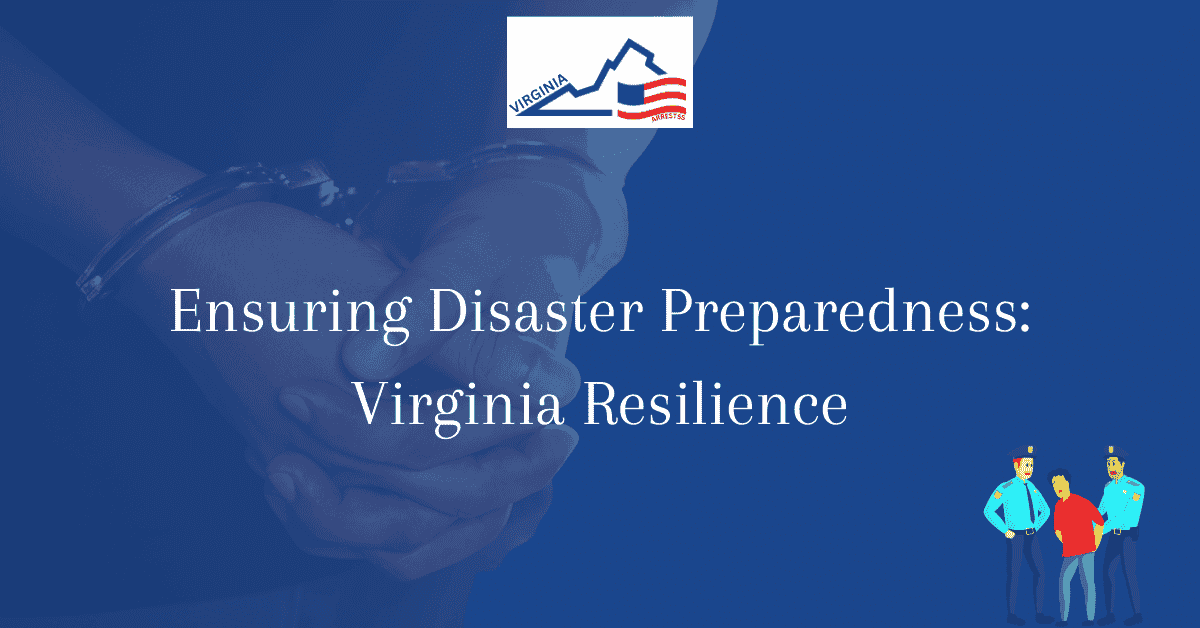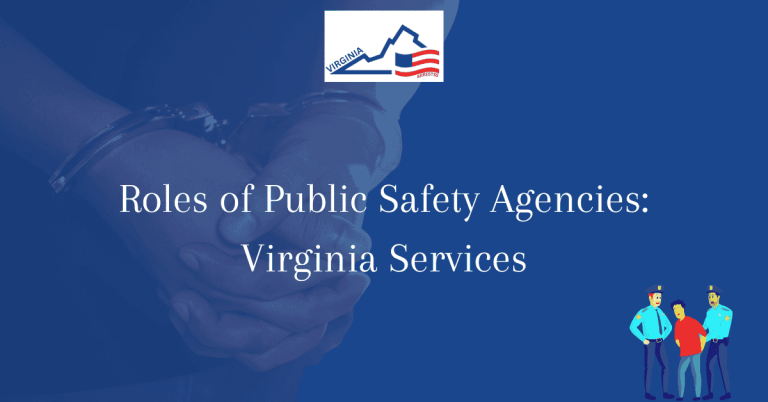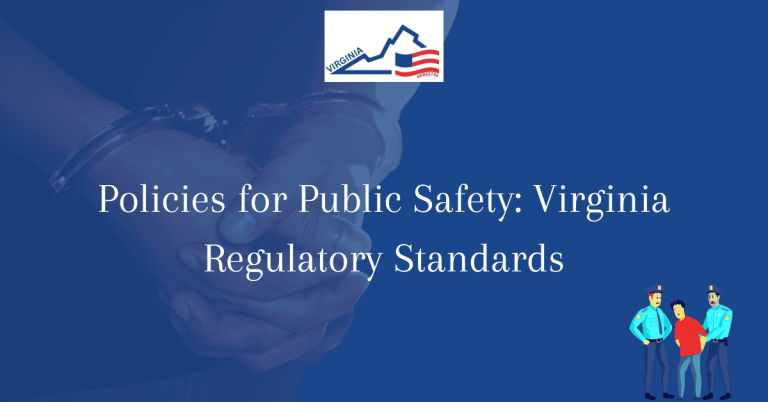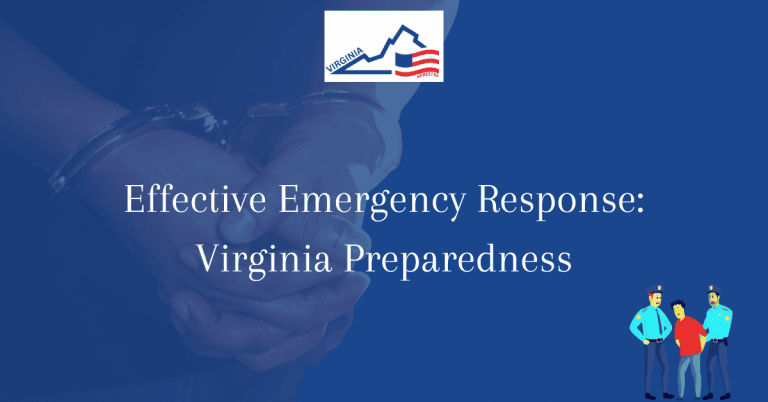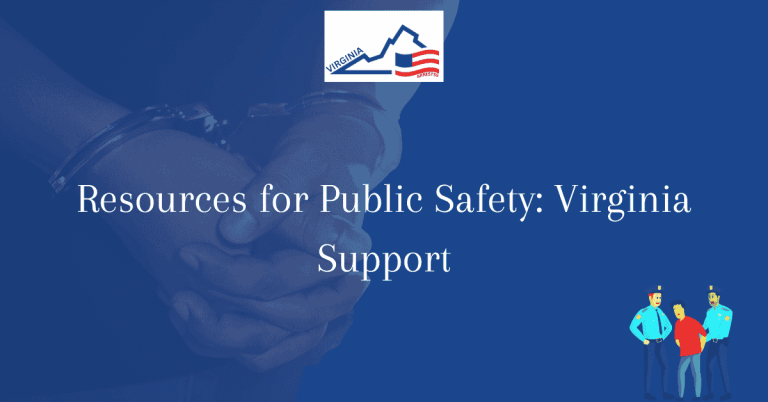Ensuring Disaster Preparedness: Virginia Resilience
Disaster preparedness is crucial for the resilience of Virginia against potential emergencies and catastrophes. From natural disasters like hurricanes and floods to man-made incidents, being ready for any unforeseen event is paramount. Virginia’s commitment to disaster preparedness ensures the safety and well-being of its residents and communities.
Through strategic planning, training, and coordination, Virginia remains steadfast in its efforts to mitigate risks and respond effectively to emergencies. The state’s resilience is a testament to its dedication to safeguarding lives and property, making it a model for disaster preparedness nationwide.
Virginia’s Proactive Approach to Disaster Preparedness
Virginia’s proactive approach to disaster preparedness includes comprehensive planning, regular emergency drills, and public education initiatives. By collaborating with local agencies and leveraging advanced warning systems, the state ensures communities are well-equipped to respond swiftly and effectively to various emergencies.
Community Engagement and Strategic Planning
Virginia’s approach to disaster preparedness is centered around engaging with local communities and creating strategic plans to mitigate risks and respond effectively in times of crisis. By involving residents in the planning process, Virginia ensures that the unique needs and vulnerabilities of each community are taken into account. This proactive approach allows for the development of tailored response plans that address specific challenges faced by different regions within the state.
Robust Protocols for Handling Emergencies
Virginia has established robust protocols for handling emergencies, ensuring that first responders and emergency management teams are well-equipped to address a wide range of disasters effectively. These protocols are continuously updated and refined based on lessons learned from past incidents to improve response times and efficiency. By prioritizing training and coordination among various agencies, Virginia is able to maintain a high level of readiness when disaster strikes.
Emphasis on Communication and Coordination
Effective communication and coordination are essential components of Virginia’s disaster preparedness efforts. By establishing clear lines of communication between local, state, and federal agencies, as well as with the private sector and community organizations, Virginia can quickly disseminate information and resources during emergencies. This emphasis on coordination ensures a seamless response to disasters and minimizes confusion and delays in decision-making processes.
Minimizing Impact of Disasters
Virginia’s proactive approach to disaster preparedness focuses on minimizing the impact of disasters on residents and communities. By investing in infrastructure improvements, early warning systems, and hazard mitigation strategies, Virginia aims to reduce the vulnerability of its population to various hazards. This preventative approach not only saves lives but also helps to protect property and critical infrastructure from the devastating effects of disasters.
Protecting the Well-being of Residents
At the core of Virginia’s disaster preparedness efforts is the protection of the well-being of its residents. By prioritizing the safety and security of its population, Virginia ensures that vulnerable groups are included in emergency planning and response efforts. This commitment to equity and inclusivity helps to build trust within communities and fosters a culture of resilience in the face of adversity.
Culture of Readiness and Resilience
Virginia promotes a culture of readiness and resilience among its residents by encouraging preparedness activities and education programs. By empowering individuals and families to take proactive steps to protect themselves and their communities, Virginia builds a strong foundation for disaster resilience. This culture of preparedness not only enhances the state’s overall readiness but also fosters a sense of community cohesion and mutual support.
Setting an Example for Disaster Management
Virginia sets an example for other states and regions by showcasing best practices in disaster management and emergency response. Through its proactive approach to disaster preparedness, Virginia demonstrates the importance of investing in risk reduction measures, training and capacity-building, and continuous improvement in response plans. By sharing its experiences and lessons learned with others, Virginia contributes to a more resilient and prepared nation as a whole.
Frequently Asked Questions
Our Frequently Asked Questions section aims to provide comprehensive information on Ensuring Disaster Preparedness: Virginia Resilience. Below, you will find detailed answers to commonly asked queries related to this topic.
What is Disaster Preparedness and Why is it Important?
Disaster preparedness refers to the steps taken to mitigate the impact of natural or man-made disasters. It involves planning, organizing, and implementing measures to ensure the safety and well-being of individuals, communities, and infrastructure. It is crucial because it helps reduce the loss of life, property, and resources during emergencies.
How Does Virginia Ensure Resilience in the Face of Disasters?
Virginia utilizes a comprehensive approach to disaster preparedness and response. The state has established emergency management agencies, developed response plans, conducted training exercises, and implemented communication systems to enhance resilience. Additionally, Virginia collaborates with federal agencies, local governments, and community organizations to strengthen its disaster preparedness efforts.
What Are the Common Types of Disasters Faced by Virginia?
Virginia is susceptible to various types of disasters, including hurricanes, flooding, winter storms, tornadoes, and wildfires. These natural disasters pose significant threats to the state’s population, infrastructure, and economy. Therefore, it is essential for Virginia to be prepared to respond effectively to these emergencies.
How Can Individuals and Communities Prepare for Disasters in Virginia?
Individuals and communities can prepare for disasters by creating emergency plans, assembling disaster supply kits, staying informed about potential threats, and participating in training programs. It is essential to develop a communication strategy, establish evacuation routes, and collaborate with neighbors and local authorities to enhance preparedness and resilience.
What Role Do Businesses and Organizations Play in Disaster Preparedness?
Businesses and organizations have a crucial role in disaster preparedness by ensuring continuity of operations, protecting employees and customers, and supporting community recovery efforts. They can develop business continuity plans, conduct risk assessments, and participate in public-private partnerships to enhance resilience and contribute to the overall preparedness of Virginia.
How Does Technology Support Disaster Preparedness in Virginia?
Technology plays a vital role in disaster preparedness by enabling early warning systems, facilitating communication and coordination among response agencies, and enhancing situational awareness during emergencies. Virginia leverages technology such as GIS mapping, social media monitoring, and mobile applications to improve disaster response and recovery efforts.

